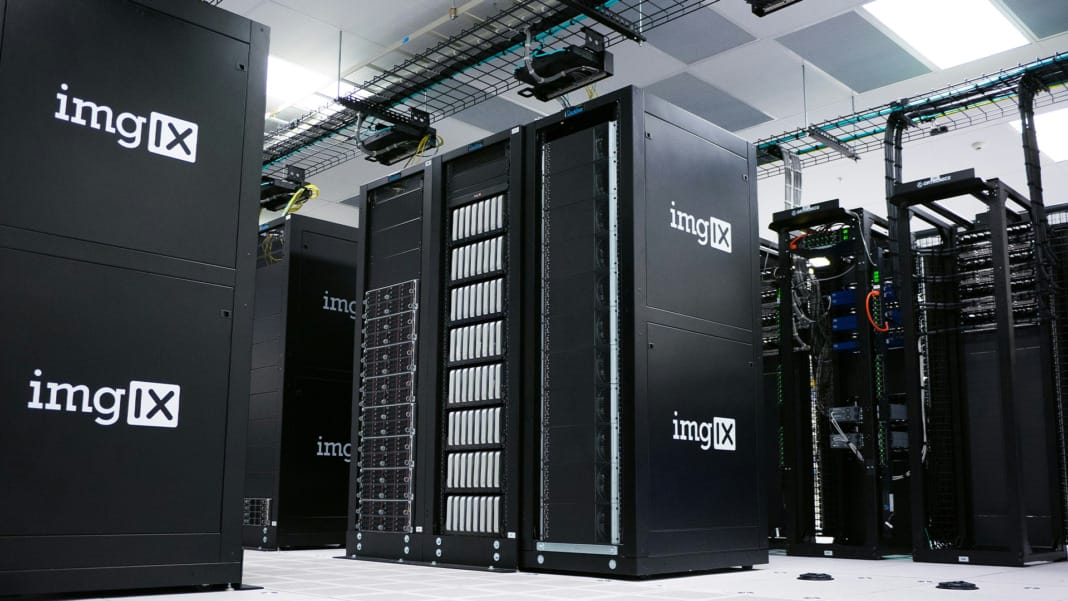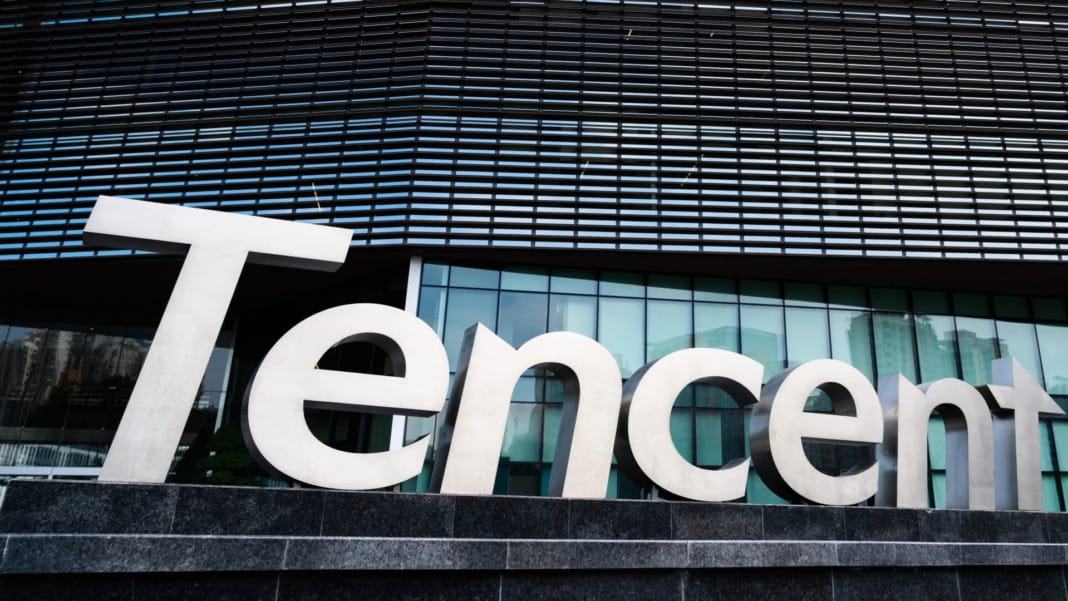As we navigate the digital age, the sheer volume of data generated by businesses and consumers alike has skyrocketed, painting a vivid picture of our reliance on digital information. This surge has thrust data centres into the spotlight, highlighting their indispensable role in storing, managing, and safeguarding the world’s digital assets. With data centres stratified into four primary tiers, each level offers distinct capabilities and levels of resilience, making it imperative for organisations to discern which tier best aligns with their operational demands and security needs.
The Uptime Institute’s tier classification system demystifies data centres’ infrastructure and operational excellence, ranging from Tier I, embodying the most basic facilities, to Tier IV, which represents the zenith of reliability and fault tolerance. This tiered framework assists businesses in making informed decisions when selecting a data centre, ensuring their digital backbone is both robust and responsive to their specific requirements. As companies continue to digitise and the global data footprint expands, understanding the subtleties of each data centre tier becomes crucial in safeguarding data integrity and operational continuity.
For SMBs, the stakes are exceptionally high. The digital landscape is not only a field of opportunity but also a battleground against increasing cyber threats. The choice of data centre tier can significantly impact a business’s resilience, data accessibility, and overall cyber security posture. As these businesses increasingly fall prey to cyberattacks, investing in a data centre that strikes an optimal balance between cost, performance, and security is more critical than ever. This makes exploring data centre tiers a key strategic consideration for any business looking to thrive in today’s digital economy.
Tier I and II: The foundation for small to medium-sized businesses
Tier I data centres represent the most basic level of service, offering 99.671% uptime annually but with a notable absence of redundancy. This translates to over a day of potential downtime per year, making Tier I suitable for very small businesses or startups not reliant on 24/7 operations. The lack of redundancy means that these centres do not require backup for power and cooling, posing a risk of extended downtime during maintenance or outages.
Tier II data centres build upon the foundation of Tier I by incorporating redundant capacity components. This slight upgrade offers a marginally better uptime of 99.741%, reducing potential downtime to just under 23 hours annually. Tier II facilities introduce backup power and cooling fail-safes, such as UPS modules and generators, enhancing reliability. Though not fully redundant, Tier II centres are a step up for SMBs seeking a balance between cost and performance.
Tier III: Comprehensive redundancy for growing demands
Tier III data centres mark a significant leap in reliability and redundancy, offering an impressive 99.982% uptime. This equates to less than two hours of downtime per year, a stark contrast to the lower tiers. Tier III facilities achieve this through multiple active power and cooling distribution paths, with one path operational at a time and the others on standby. This design allows for any single component to be taken offline for maintenance without impacting operations, making Tier III data centres an attractive option for SMBs with greater data demands and a need for higher uptime.
Tier IV: Fault tolerance for mission-critical operations
Tier IV represents the pinnacle of data centre infrastructure, designed for businesses that cannot afford any downtime. With an uptime of 99.995%, Tier IV facilities virtually eliminate downtime, limiting it to just over 26 minutes annually. These data centres are fully fault-tolerant, featuring complete redundancy in power and cooling, along with 2N and 2N+1 infrastructure. This means that even in the event of a component failure, operations continue unaffected, thanks to independent, mirrored systems. Tier IV centres are ideal for large businesses, government organisations, and enterprises requiring uninterrupted availability and the highest level of data security.
Choosing the right data centre tier for your business
Choosing the right data centre tier for your business is a critical decision that hinges on a detailed assessment of your operational needs, resilience requirements, and budget constraints. The decision-making process begins with a clear understanding of the differences between the tiers and how they align with your business’s data security, uptime needs, and growth plans. For businesses where data accessibility and minimal downtime are paramount, higher-tier data centres offer robust fault tolerance and redundancy features that ensure business continuity. However, the enhanced capabilities of Tier III and IV facilities come with higher operational and investment costs, making it essential to evaluate whether the additional expenditure aligns with your business objectives and customer service commitments.

For small businesses and startups with limited IT demands or those that can afford occasional downtimes, Tier I or II data centres might present a more cost-effective solution. These facilities offer basic to moderate levels of redundancy and uptime, which, while lower than their Tier III and IV counterparts, can sufficiently meet the needs of businesses with less critical data management requirements. The key is to balance the cost savings against the potential risks and operational impacts of longer downtimes. As such, understanding the specific IT workload, the criticality of applications, and the potential cost of downtime are crucial factors in selecting a suitable tier.
Your business’s scalability and future growth also significantly affect selecting the right data centre tier. As businesses grow, their data management needs can become more complex and demanding, necessitating a reassessment of their data centre strategy. Opting for a data centre that meets your current needs and offers the flexibility to scale up to a higher tier can be a strategic move. This approach ensures that your data infrastructure can evolve in tandem with your business, avoiding costly migrations or upgrades down the line. Therefore, engaging with data centre providers that offer scalable solutions and transparent upgrade paths between tiers can provide a competitive edge and long-term value.
Ultimately, choosing the right data centre tier requires a strategic blend of technical, financial, and operational considerations. It’s about finding the right balance between ensuring data security and availability and managing costs effectively. Businesses must also consider regulatory compliance requirements and industry standards, which can influence the need for more advanced data centre features. By carefully evaluating these factors and partnering with a reputable data centre provider, businesses can secure a data storage and management solution that supports their current operations and paves the way for future growth and success.





